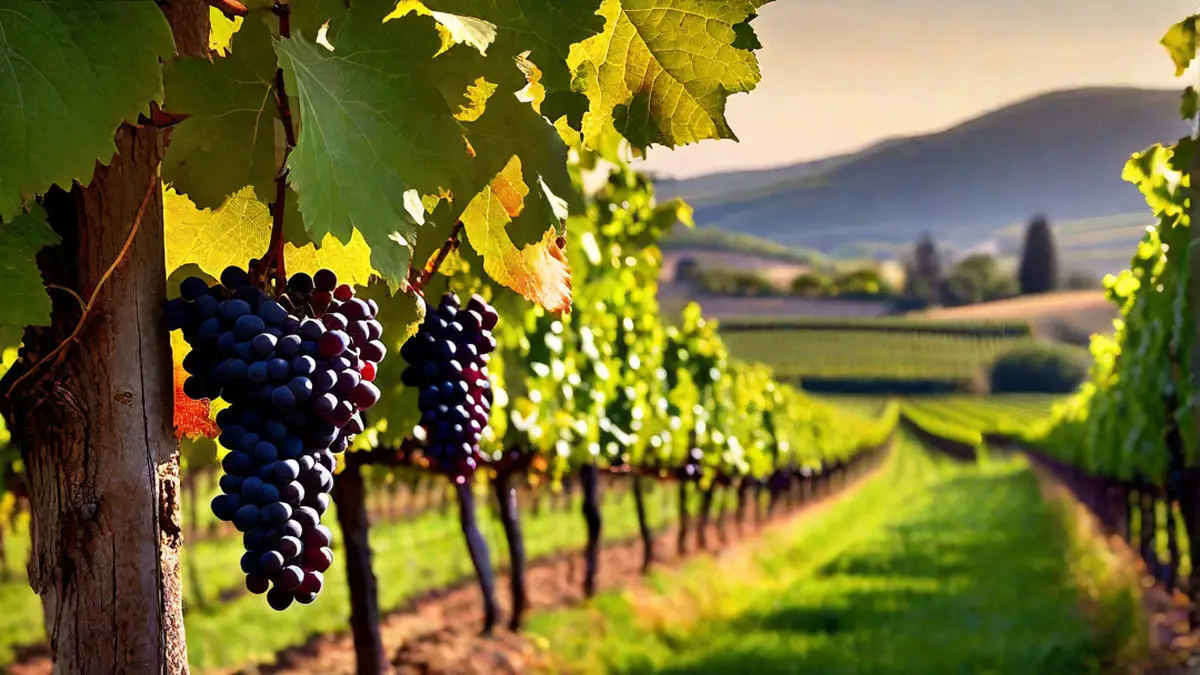Have you ever pondered the possibility of making wine without yeast? As a wine connoisseur, I have always been captivated by the various approaches used in the production of wine. While yeast is an integral part of the fermentation process, there are alternative methods that can result in delectable wines without relying on traditional yeast strains. In this article, I will delve into the world of yeast-free winemaking and explore the techniques and flavors associated with this distinctive approach.
Understanding the Role of Yeast in Winemaking
Before we dive into the world of yeast-free wines, let’s first understand the importance of yeast in the winemaking process. Yeast is a microorganism that converts sugar into alcohol and carbon dioxide through a process called fermentation. It is responsible for transforming grape juice into wine, giving it its distinct flavors and aromas.
Traditionally, winemakers rely on commercial yeast strains or naturally occurring yeasts present in the grape skins or the winery environment. This ensures a controlled fermentation process and consistent results. However, some winemakers have started exploring alternative methods to create unique wines with distinct characteristics.
The Rise of Yeast-Free Winemaking Techniques
One of the most intriguing techniques used in yeast-free winemaking is known as spontaneous fermentation. This method involves allowing the grape juice to ferment naturally, relying solely on the yeasts present in the grape skins and the winery environment. By avoiding the use of commercial yeast strains, winemakers can produce wines with a more complex and diverse range of flavors.
Another approach to yeast-free winemaking involves the use of alternative microbes, such as bacteria or non-Saccharomyces yeasts. These microorganisms can coexist with traditional yeast strains or even outcompete them during fermentation. This can result in wines with unique flavors and aromas that deviate from the traditional yeast-driven profiles.
Additionally, some winemakers have started experimenting with non-traditional ingredients or processes to achieve yeast-free wines. For example, using carbonation techniques or adding specific enzymes can help create a fermentation environment where yeast is not the primary driver of the process.
The Flavors and Characteristics of Yeast-Free Wines
Yeast-free wines are often praised for their distinctive flavors and characteristics. The use of alternative fermentation techniques allows for the development of complex aromas and flavors that transcend the traditional fruity and floral notes associated with yeast-driven wines.
Spontaneously fermented wines, for instance, can exhibit a range of flavors, including funky, earthy, and barnyard notes. These wines often possess a more pronounced acidity, making them refreshing and vibrant on the palate.
Wines made with alternative microbes may showcase flavors that are uncommon in traditional winemaking. Some non-Saccharomyces yeasts can produce tropical fruit or citrus aromas, while bacteria-driven fermentation can add a touch of tanginess or tartness to the wine.
In Conclusion
While yeast is a vital component in the winemaking process, exploring yeast-free techniques opens up a world of possibilities for both winemakers and wine enthusiasts. The use of spontaneous fermentation, alternative microbes, and non-traditional methods can result in wines with unique and intriguing flavors.
Next time you uncork a bottle, consider trying a yeast-free wine to experience the diversity and complexity that this approach can bring to your glass. Cheers to the exciting world of yeast-free winemaking!




